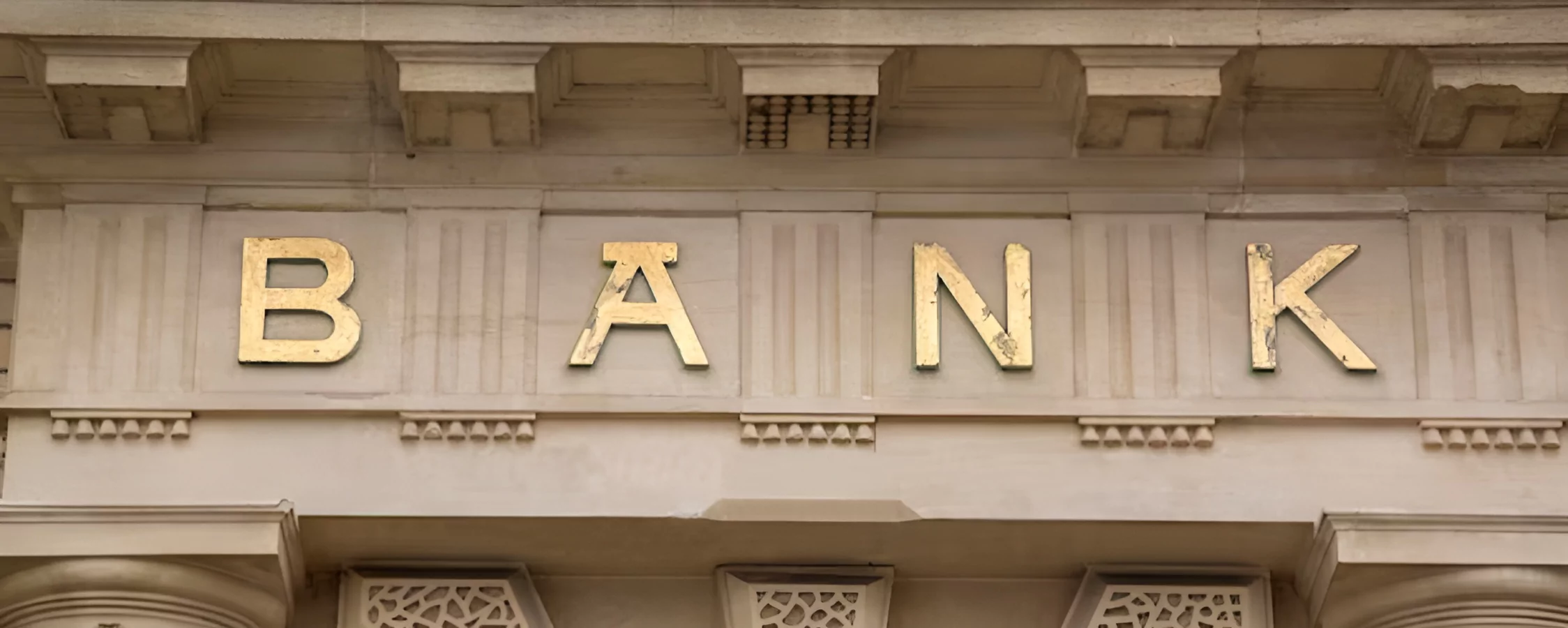Consider a world financial system that is always active. a system that allows you to become the bank itself, borrow against your portfolio without a credit check, or lend your assets to earn interest—all without the need for an intermediary. This is the reality of Decentralized Finance, or DeFi; it is not a sci-fi fantasy. Traditional investors find this new world to be a combination of confusing risk and tempting opportunity. On the financial map, it’s like finding a brand-new, unstable, and extraordinarily rich continent. Together, let’s chart this territory before we set sail. For traditional investors, what is DeFi actually, and how can you approach it with an open mind?
What on Earth is DeFi? Breaking Down the Jargon
Let’s get past the technical slang. To put it simply, DeFi is a broad term for financial services based on blockchain technology, mainly Ethereum, such as trading, lending, and borrowing. Removing banks, brokerages, and exchanges—the middlemen on which we have always depended—is the main concept.
Consider traditional finance to be a club that is exclusive to its members. You must pay high fees for the privilege, obtain permission to enter, and abide by their restrictions. On the other hand, DeFi is a public marketplace that is open around-the-clock. Participation is open to anyone with a digital wallet and an internet connection. No application paperwork, no bouncers, and no central authority making decisions are present. Smart contracts are written in unchangeable code that, when certain conditions are fulfilled, automatically executes the rules.
This shift from a permissioned, trust-based system to a permissionless, code-based one is revolutionary. It’s the difference from handing your money to a bank teller and depositing it into a transparent, automated vending machine that pays out exactly what the label says.
Opportunities in DeFi for Traditional Investors
Alright, so it’s different. But why should you, a savvy traditional investor, care? The allure isn’t just philosophical; it’s profoundly practical and financial.
A Yield Generation Outpacing Traditional Savings
This is the big one. DeFi provides a sharp contrast in a world of lousy savings account rates and even lower bond yields. With the use of strategies like yield farming and liquidity funding, investors can generate passive income on their cryptocurrency holdings, which frequently varies from single-digit to double-digit annual percentage yields (APYs).
In what way? Through the placement of your assets in a liquidity pool, which is essentially a decentralized exchange powered by a smart contract. A portion of trading fees are paid to you in exchange for supplying the capital that enables others to trade. Being the market maker is similar to receiving royalties. This is a strong argument to take a stab at investing for an investor fed up with tiny returns.
True Portfolio Diversification
Every experienced investor preaches diversification. But let’s be honest, most “diversified” portfolios are still heavily correlated to traditional market movements. DeFi, while not entirely immune to broader economic trends, operates on a different technological and economic paradigm. Adding a small, calculated allocation to DeFi assets can be a powerful tool for non-correlated diversification, potentially smoothing out returns during rocky periods in traditional markets.
Transparency and Autonomy You Control
Ever wondered what your bank does with your money? In DeFi, there are no secrets. The entire history of a protocol and its smart contracts is available on the blockchain for anyone to audit. You are always in control of your private keys, which means you have true ownership of your assets. No bank can freeze your account or deny you access. This level of financial self-sovereignty is a powerful draw for those who value transparency and control above all else.
The Inherent Risks of DeFi

Now, let’s talk about the elephant in the room. This new frontier is untamed, unregulated, and fraught with peril. The high potential returns are a direct reflection of the significant risks. Ignoring them is a surefire way to get wrecked.
Smart Contract Vulnerabilities: The Code is Law
In traditional finance, you have recourse. If a bank makes an error, you can call them, and eventually, the FDIC insurance might kick in. In DeFi, the code is law. If a hacker finds a loophole or a bug in a smart contract’s code, they can—and often do—drain the entire protocol of funds. These “exploits” are devastatingly common. Your investment isn’t protected by any insurance unless the specific protocol has its own coverage, which is rare. You are trusting the auditors and developers completely.
Volatility and Impermanent Loss
Remember those enticing yields from liquidity pools? They come with a hidden cost, especially in pools containing two volatile assets. Impermanent loss is a complex but critical concept. It occurs when the price of your deposited assets changes compared to when you deposited them. You could end up with less value than if you had simply held the assets in your wallet, even after accounting for the earned fees. It’s a unique risk that doesn’t exist in traditional finance and must be thoroughly understood.
Regulatory Uncertainty
The regulatory landscape for DeFi is like a foggy morning—you can’t see what’s coming. Governments and financial watchdogs around the world are still figuring out how to approach this space. A sudden regulatory crackdown or unfavorable legislation in a major economy could send the entire market into a tailspin. For DeFi for traditional investors, this looming uncertainty is a massive overhang that adds a layer of systemic risk.
The User Experience Hurdle
Let’s not sugarcoat it: using DeFi is not like logging into your Fidelity account. It requires technical confidence. You need to manage your own wallet, safeguard your private seed phrase (lose it, and your money is gone forever), navigate confusing interfaces, and pay network transaction fees (“gas fees”) that can fluctuate wildly. One wrong click can send your life savings to an irreversible address. The learning curve is steep, and the margin for error is terrifyingly thin.
How to Approach DeFi Cautiously
Feeling overwhelmed? Good. A healthy dose of fear is your best asset here. The goal isn’t to dive in headfirst but to wade in carefully.
- Educate, Then Allocate: Spend more time learning than investing. Understand the core concepts—wallets, gas fees, stablecoins, impermanent loss—before you commit a single dollar.
- Start Small: Your initial foray into DeFi should be with an amount you are completely prepared to lose. Consider it tuition for your financial education. This isn’t capital for your retirement; it’s risk capital for exploration.
- Stick to the Blue-Chips: The DeFi world has its established giants—well-known, time-tested, and heavily audited protocols like Aave, Uniswap, and Compound. While not risk-free, they are generally considered safer than the latest anonymous project promising 100,000% APY.
- Prioritize Security: Use a hardware wallet. Double-check every website URL and transaction address. Never share your seed phrase with anyone, ever. Assume that everyone is trying to scam you; it will keep you vigilant.
Conclusion
The world of DeFi for traditional investors presents a paradox of unprecedented opportunity and profound risk. It challenges the very foundations of our financial system, offering a glimpse into a more open, transparent, and efficient future. The potential for yield and true diversification is undeniably attractive. However, this frontier is wild, filled with technical pitfalls, regulatory fog, and bad actors.
The journey into DeFi is not for the faint of heart or the uninformed. It demands education, caution, and a strict adherence to risk management. For the traditional investor willing to do the homework and start with a modest, risk-aware approach, it can be a fascinating and potentially rewarding new dimension to a modern portfolio. But remember, in this new world, you are your own bank—and that means you are also your own security guard, auditor, and risk manager.













